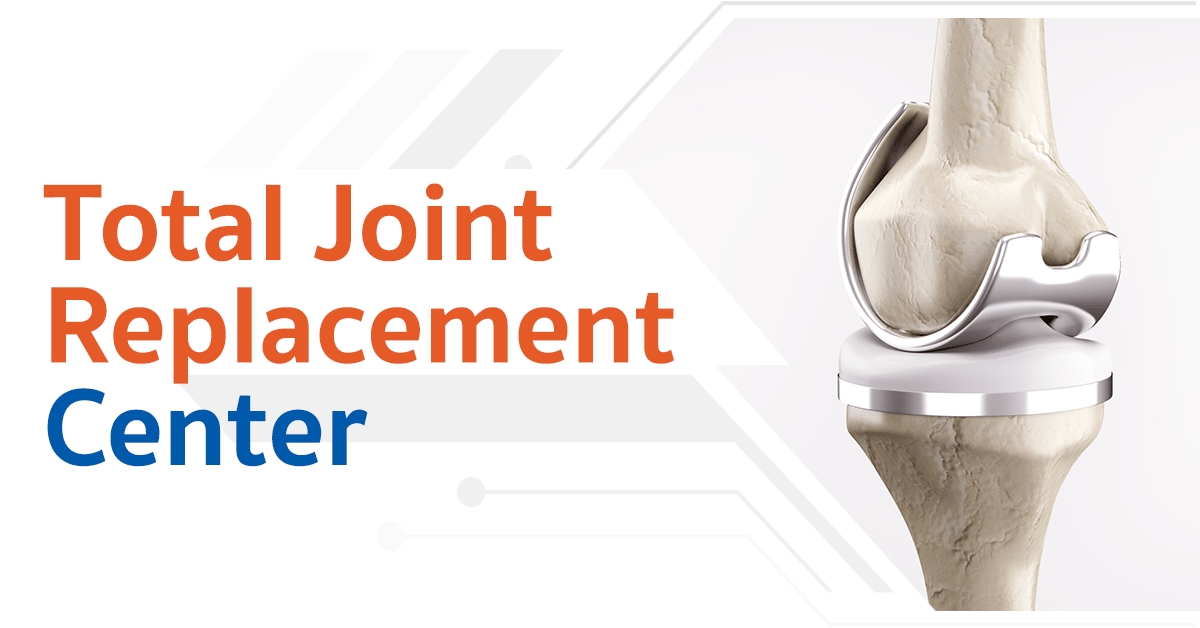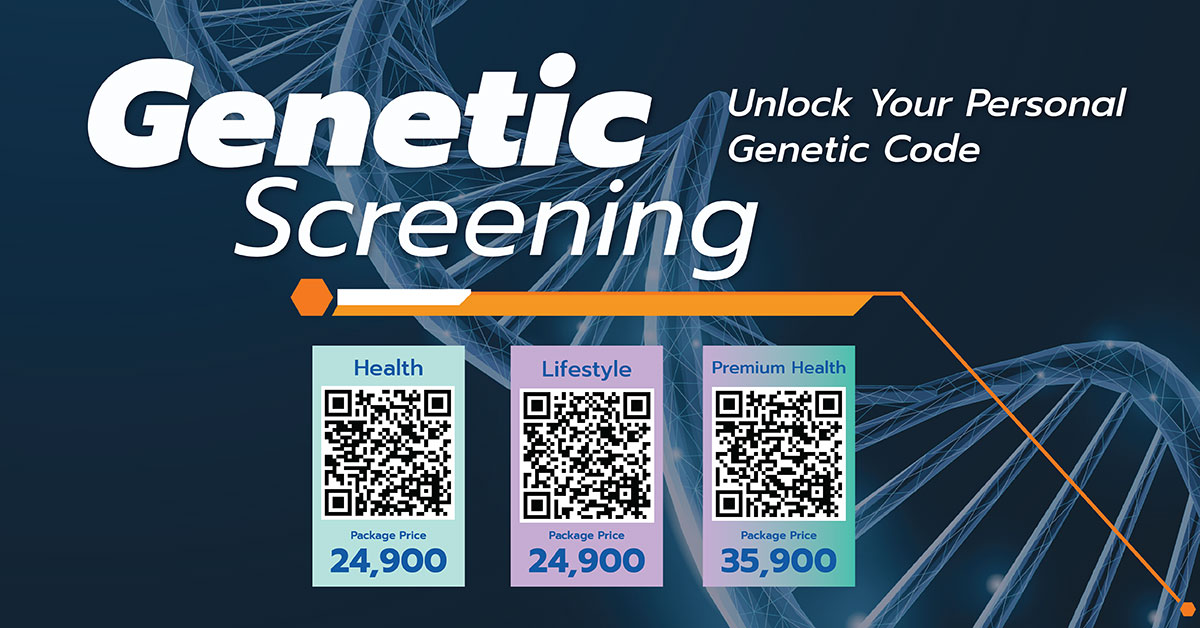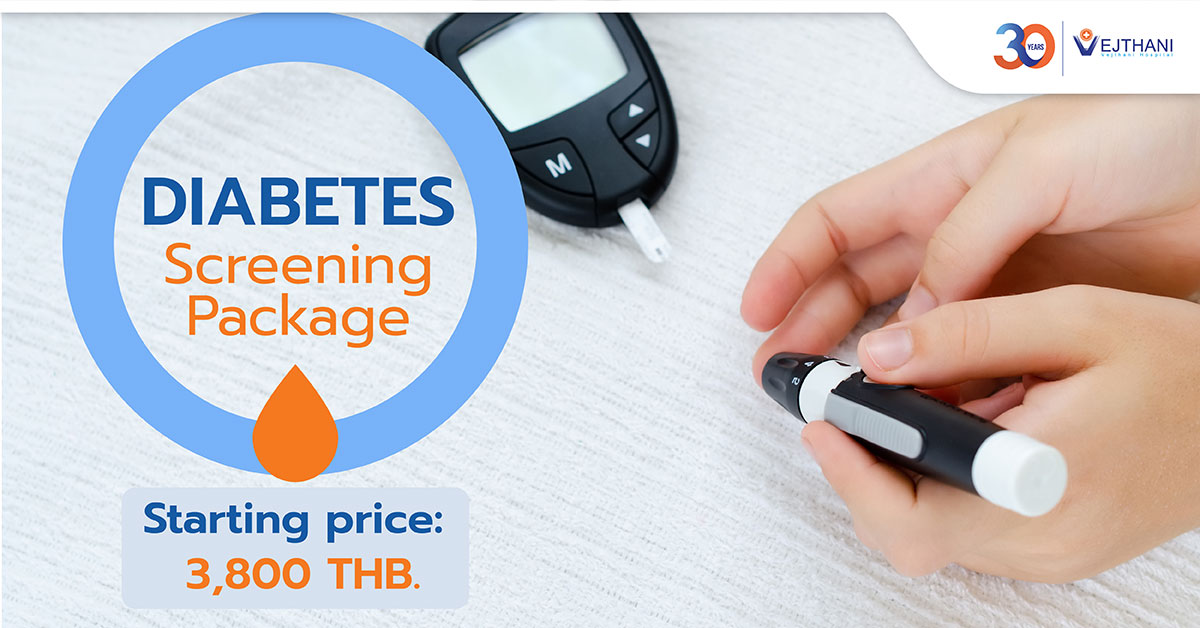
Cryoglobulinemia
Overview
Cryoglobulins are abnormal proteins in the blood that tend to clump together at temperatures below the body’s normal 98.6°F (37°C). These gel–like protein clusters can obstruct blood circulation, leading to potential harm to the skin, joints, nerves, and vital organs, particularly the kidneys and liver. This condition, known as cryoglobulinemia, is characterized by symptoms such as a distinct rash when cryoglobulins cause inflammation and organ damage. However, cryoglobulins can also exist in the bloodstream at low levels without causing any noticeable symptoms.
Symptoms
Cryoglobulins often don’t cause noticeable symptoms and are typically detected through specialized lab tests. However, when symptoms do occur, they commonly include:
- Fatigue: Feeling unusually tired.
- Joint Pain: Aching or discomfort in the joints.
- Numbness or Weakness: Loss of sensation or strength, often in the hands or feet.
- Purpura Rash: A distinctive rash with red spots or purple bruises, typically found on the lower legs.
- Color Changes in Hands and Feet: These body parts may turn white or purplish–blue in response to cold, a condition known as “Raynaud’s Phenomenon.” However, it’s important to note that Raynaud’s can occur in people without cryoglobulinemia as well.
- Weight Loss: Unintended and significant reduction in body weight.
- High Blood Pressure: Elevated blood pressure levels.
- Swelling of Ankles and Legs: Noticeable puffiness in these areas.
- Skin Ulcers and Gangrene: Open sores on the skin and tissue death, which is a severe complication.
- Enlarged Liver or Spleen: Abnormal enlargement of these organs.
- Numbness, Tingling, or Weakness in Hands or Feet: Sensory or motor issues in the extremities.
- Kidney Damage: Impaired kidney function
Causes
Cryoglobulinemia has been linked to various factors:
- Infections: Cryoglobulinemia is often linked to infections, with hepatitis C being the most common one associated with this condition. Other infections that may contribute to cryoglobulinemia include hepatitis B, HIV, Epstein–Barr virus, toxoplasmosis, and malaria.
- Certain cancers: Some blood–related cancers, such as multiple myeloma, Waldenstrom macroglobulinemia, and chronic lymphocytic leukemia, can occasionally trigger cryoglobulinemia.
- Autoimmune disorders: The risk of developing cryoglobulinemia is increased in individuals with autoimmune diseases like lupus, rheumatoid arthritis, and Sjogren’s syndrome.
Risk factors
Cryoglobulinemia risk factors may include the following:
- Age. Cryoglobulinemia symptoms typically appear in middle age.
- Gender. Women experience cryoglobulinemia more commonly than males do.
- Other disorders. Several illnesses, including lupus, hepatitis C, HIV, multiple myeloma, Waldenstrom macroglobulinemia, and Sjogren’s syndrome are linked to cryoglobulinemia.



















